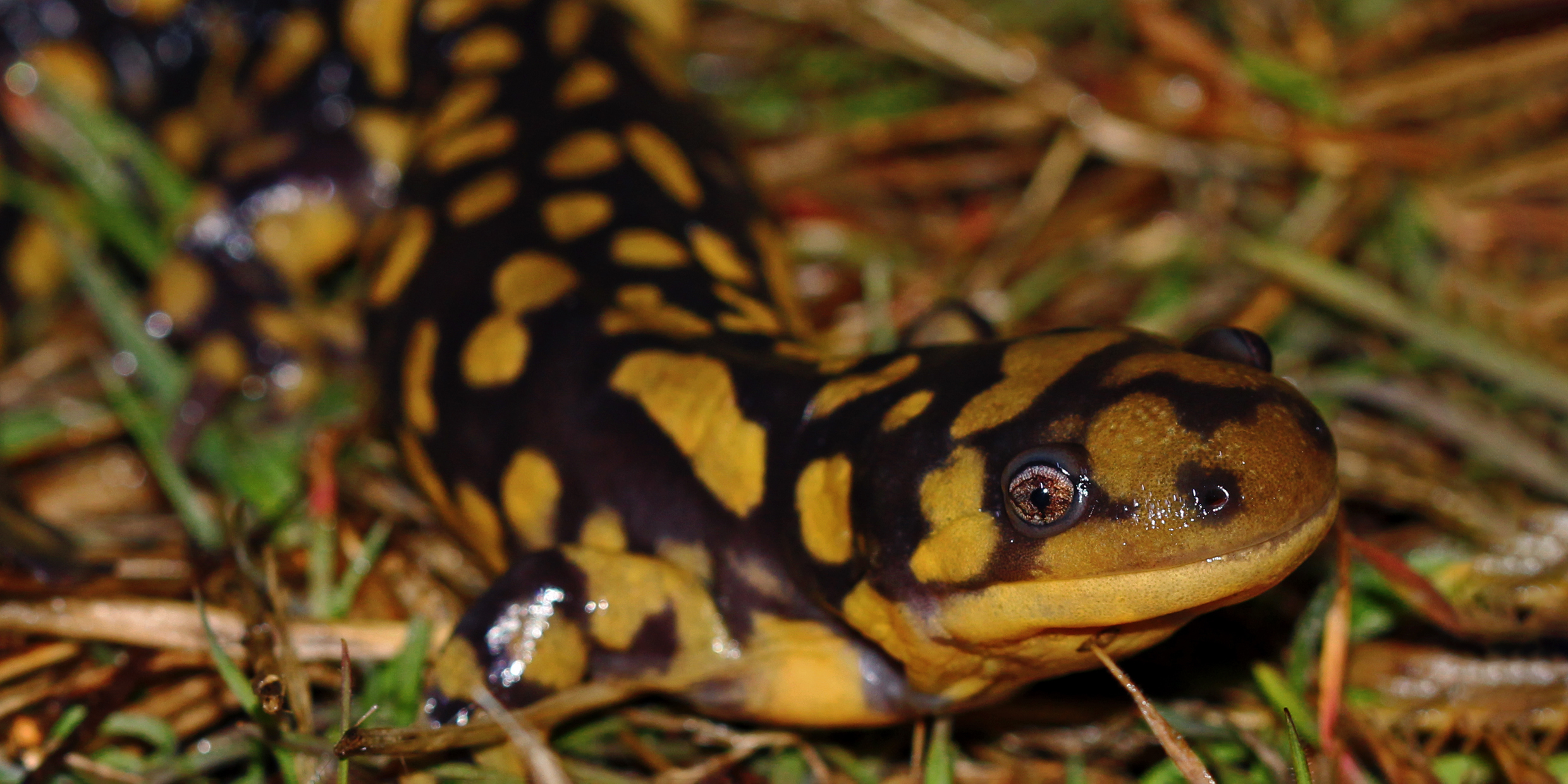Originally published 28 June 1993
On the planet of a yellow star in the outer arms of a spiral galaxy live a race of creatures called Manders.
Under ordinary conditions, Manders are peaceful. Altruistic. Kind. But when population density increases to the point that resources become scare, a few young individuals in each community become cannibal morphs. These children grow unnaturally large. They develop strong jaws and savage teeth. They prey upon other Manders.
This tendency toward morphism is in Mander genes, and is triggered by subtle chemical signals from the crowded environment.
It is with a mixture of surprise and pride that a young morph discovers himself to be growing more quickly than his peers. He flexes his rippling muscles, bares his rapier teeth. Ordinary Manders cower or flee. He is invincible.
Curiously, fewer morphs occur, and these at a later age, in places where kinship ties among the Manders are strong. Cannibal morphism among Manders seems to work as a kind of “ethnic cleansing.” Kinship holds the terrible gene in check.
Mander scientists can explain how cannibal morphism evolved, as a way of improving the odds that the species will survive times of environmental stress. And they know too that evolutionary fitness can be increased if members of a close kinship group restrict violence against relatives.
However, the ethics of cannibal morphism is hotly debated. Some Manders accept that cannibal morphism is an inevitable consequence of genes and works for the greater good of the community, which might otherwise succumb to more devastating modes of population limitation. Others claim that cannibal morphs somehow choose their fate, and bear moral responsibility for their behavior.
Mander popular culture reflects this ambivalence. Morphs are idolized by many, even as they are feared, and morphic violence is romanticized on screen and in popular books. Boy Manders, especially, play morphic games, and fantasize that they will become morphs, all the while keeping a wary eye on their potentially morphic peers.
Science fiction? Not exactly. This story is inspired by an article in a [April 1993] issue of the journal Nature: “Kinship affects morphogenesis in cannibalistic salamanders,” by David Pfennig and James Collins. I added some anthropomorphic details to the story, but basically the planet is Earth, the yellow star is the Sun, the galaxy is the Milky Way, and the Manders are Arizona tiger salamanders.
Tiger salamander larvae exist in two distinct forms. Ordinary tiger salamanders feed on invertebrate prey. Bigger, strong-jawed cannibal morphs only develop when salamanders are crowded together in restricted environments. The expression of the morph gene is somehow triggered by chemical cues arising in dense populations. Once a larva has changed into a cannibal, it inhibits other larvae from developing into morphs, either through chemical cues or by depleting the food supply.
Pfennig and Collins show that the tendency toward cannibal morphism is moderated by ties of kinship.
All of this is encoded in the genes and evoked or suppressed by molecular signals from the environment. What happens is chemistry, all chemistry.
I dressed up the salamander story in humanlike details to emphasize that the salamander story is, well, humanlike. Granted, humans don’t have cannibal morphs, but we do seem to have a built- in propensity toward violence, most strongly expressed in crowded or stressful conditions, and usually directed against those who are not our kin. Consider the horrendous ethnic strife in Bosnia, the former Soviet Union, the Indian subcontinent, Northern Ireland — the list is depressingly long.
Biologists and philosophers vigorously debate the extent to which genes control our behavior, but there is little doubt that the hypothalamic-limbic system of the human brain (the seat of love, hate, fear and guilt) is the product of millions of years of evolution and the same adaptive process that gave rise to cannibal morphs in salamanders. If we have a morph, it is the beast that is in all of us, blessedly kept in check by an opposing inbred tendency toward altruism.
Which brings us to what biologist Edward O. Wilson has called the central problem of sociobiology: How can altruism, which by biological definition reduces personal fitness, possibly evolve by natural selection?
The answer is kinship. If genes causing altruistic behavior are shared by two or more organisms because of common descent, then altruistic acts by individuals toward their kin can increase the chances of passing these genes to the next generation. That’s the bottom line of evolutionary biology — that genes are passed on.
Are we then prisoners of our genetic inheritance, deterministically dispensing altruism toward kin and violence toward others? Is the bottom line of evolutionary biology also the guiding principle of human behavior? Of course not. We are creatures who have evolved sufficient intelligence and culture to override our biological destiny.
Many years ago anthropologist Margaret Mead defined civilization as the broadening of the circle of those whom we do not kill. The world has become smaller and the potential for human violence greater. Because we are not salamanders, it is time to realize that the circle of those whom we do not kill must expand to coincide with the circumference of the Earth.



